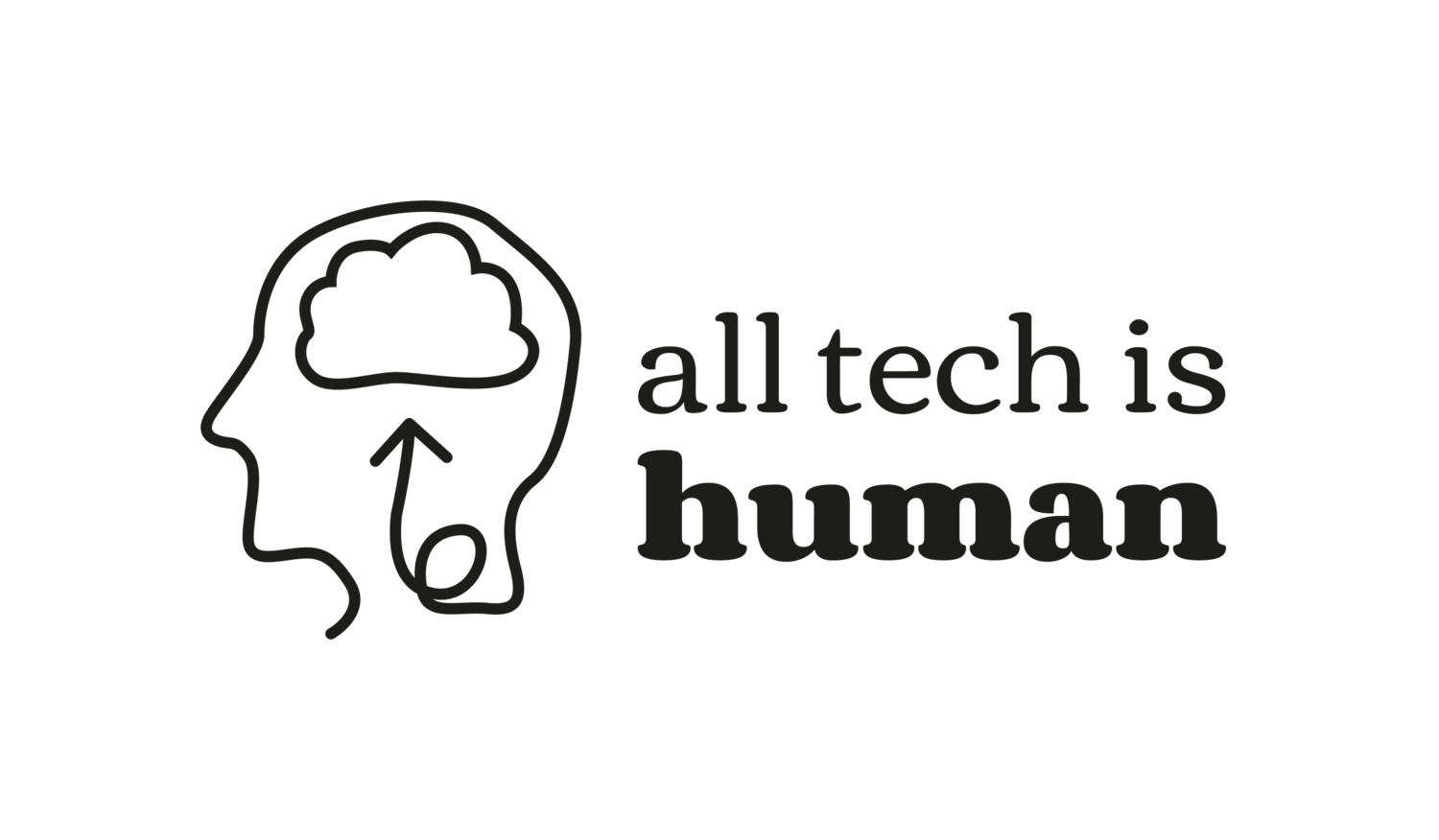Healthy Digital Public Spaces Directory
Part of Community by Design (CxD) an All Tech is Human & New_Public Initiative, supported by Unfinished Live

This directory is part of a partnership between New Public and All Tech is Human, with the support of Project Liberty to identify and map the spaces, organizations and leaders creating the digital public infrastructure that shapes our democracy. The Directory is meant to be a resource for our field — a jumping-off-point for further exploration and research for anyone who’s interested in studying, building, stewarding, or simply using digital social platforms.
Public spaces have always been an ingredient in building healthy communities, especially across racial, religious, and other differences. Public parks, libraries, faith leaders, and urban planners shaped our 20th-century democracy; it’s time to identify the new suite of digital equivalents shaping our 21st century — vibrant, pluralistic, and open platforms designed for the public vs. private interest. By mapping this ecosystem, we hope to illuminate the people, organizations, and career paths to strengthen this vital and growing industry. We hope resource this will inspire creative exploration, spark new collaborations, and highlight important progress.
What are healthy digital public spaces?
Broadly, we define these as platforms and projects focused on building pluralistic, inclusive, open online spaces, prioritizing the needs of their communities over profit. We believe this emerging field deserves greater support and awareness to thrive.
What is in this directory?
This directory is organized by columns which include the name of the space (Product), a quick 1 line description, the website URL, and “Product Type” (Digital Space, Infrastructure for Spaces, Federated Infrastructure). As of October, 2023, the Directory contains over 150 “Digital Spaces”, about 30 examples of “Infrastructure for Spaces” and about 10 examples of “Federated Infrastructure.”
These Spaces can be sorted and viewed by additional column categories, which include “Entity Type”, “Business Model”, “Stage/Status”, “Interaction Format”, “Civic Signals”, “Open Source”, “What’s Interesting About It” and “Other Themes”.
For definitions and descriptions of each of these categories and tags, please see the GLOSSARY
We have also experimented with a few maps that visually organize some of the spaces included in the Directory here
We’d love to hear how you’ve used this directory, and any other feedback, including new submissions that we should include. Please use this form for new submissions and this one for corrections and general feedback.
FAQs
How are we defining a “digital space”?
A “digital space” is a product or place online where multiple people can interact with one another. Some digital spaces are home to only one community, while others are platforms that host multiple communities. The organization building the digital space controls the user experience (UX) of the space. In this directory, we’re also including “infrastructure for digital spaces” and “federated infrastructure” as they’re important pieces of software that inform the UX of the many digital social spaces built on top of them.
This means our directory of digital spaces does not include:
Individual communities built on top of a community platform (e.g. specific Discord servers, Facebook groups)
Websites/apps/blogs that are primarily media properties with comments sections (e.g. The New York Times)
Digital spaces that focus more on e-commerce and/or ratings & reviews (e.g. Craigslist, Yelp)
How do we choose which digital spaces to include?
In order to be included in this Directory, a product has to meet 2 criteria:
Be a digital space or infrastructure in the way we define it above.
Have taken at least some notable steps to be public-spirited, built features that embody at least one of New Public’s Civic Signals, and/or have developed interesting design patterns that might be useful inspiration for the next generation of product designers & builders.
How did we find these spaces?
Some were submitted by our community as part of our Community By Design program, others were discovered by our team of researchers
How will we maintain this over time?
Although we do plan to update the Directory in the future, we aren’t able to track changes to every platform in real time. In the rightmost column, you can see the date an entry was last modified.

To preserve a future for democracy, we need to build spaces of influence that are broadly accessible and fit with how people live, relate, and communicate today.
Human-scale — people can actually have influence over time
Build social trust and “collective efficacy”
Demonstrably ensure power is shared within the community
Offer access to people who can’t afford private solutions
Allow people to develop social identity
Truly participatory and build leadership
Pluralistic, build connections across difference
Digitally enabled
Actually useful and/or fun


